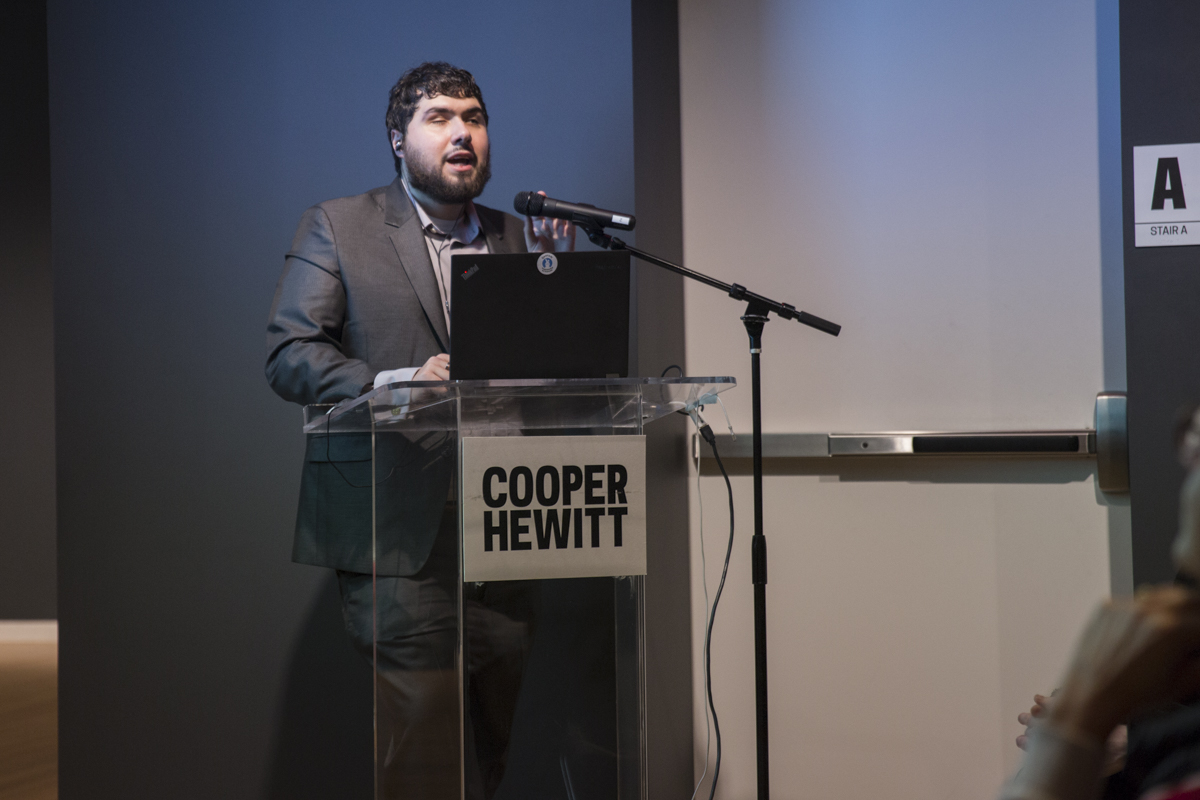Lab | Verbal Descriptions with Columbia University Digital Storytelling Lab


What language best communicates the qualities of an object? How do we form meaning from what we see, hear, and touch? Museums and institutions around the world use verbal descriptions—nonvisual language to describe the visual world—to make their collections and resources accessible to people with blindness or low vision. Short talks by accessibility experts, artists, and designers started a hands-on workshop in which participants actively translated a range of museum objects into verbal descriptions.
Speakers included:
SINA BAHRAM is a computer scientist, consultant, business owner, and researcher. Bahram is the Director of Prime Access Consulting (PAC), which advises on website and digital accessibility.
LANCE WEILER is a founding member and the director of the Columbia University Digital Storytelling Lab. He is recognized as a pioneer for the way he mixes storytelling and technology. Always interested in experimenting with new ways to tell stories and engage audiences, Lance has designed experiences that have reached millions of people via theaters, mobile devices, and online.
ELLEN LUPTON is Senior Curator of Contemporary Design at Cooper Hewitt. Through a series of books and exhibitions, she is researching the power of storytelling and multisensory experience in design.
Find out about Cooper Hewitt’s accessibility services.
Cooper Hewitt Lab: Design Access is a free programming series taking place in the first two weeks of February 2018, activating the Barbara and Morton Mandel Design Gallery as a collaborative space for learning and experimentation through interactive activities, workshops, discussions, and more for visitors of all ages and communities. Presented in partnership with New York City’s Mayor’s Office for People with Disabilities, collaborators include the San Francisco-based studio Creative Growth, Columbia University Digital Storytelling Lab, Google, Mark Morris Dance Group’s Dance for PD, and ReelAbilities Film Festival.
